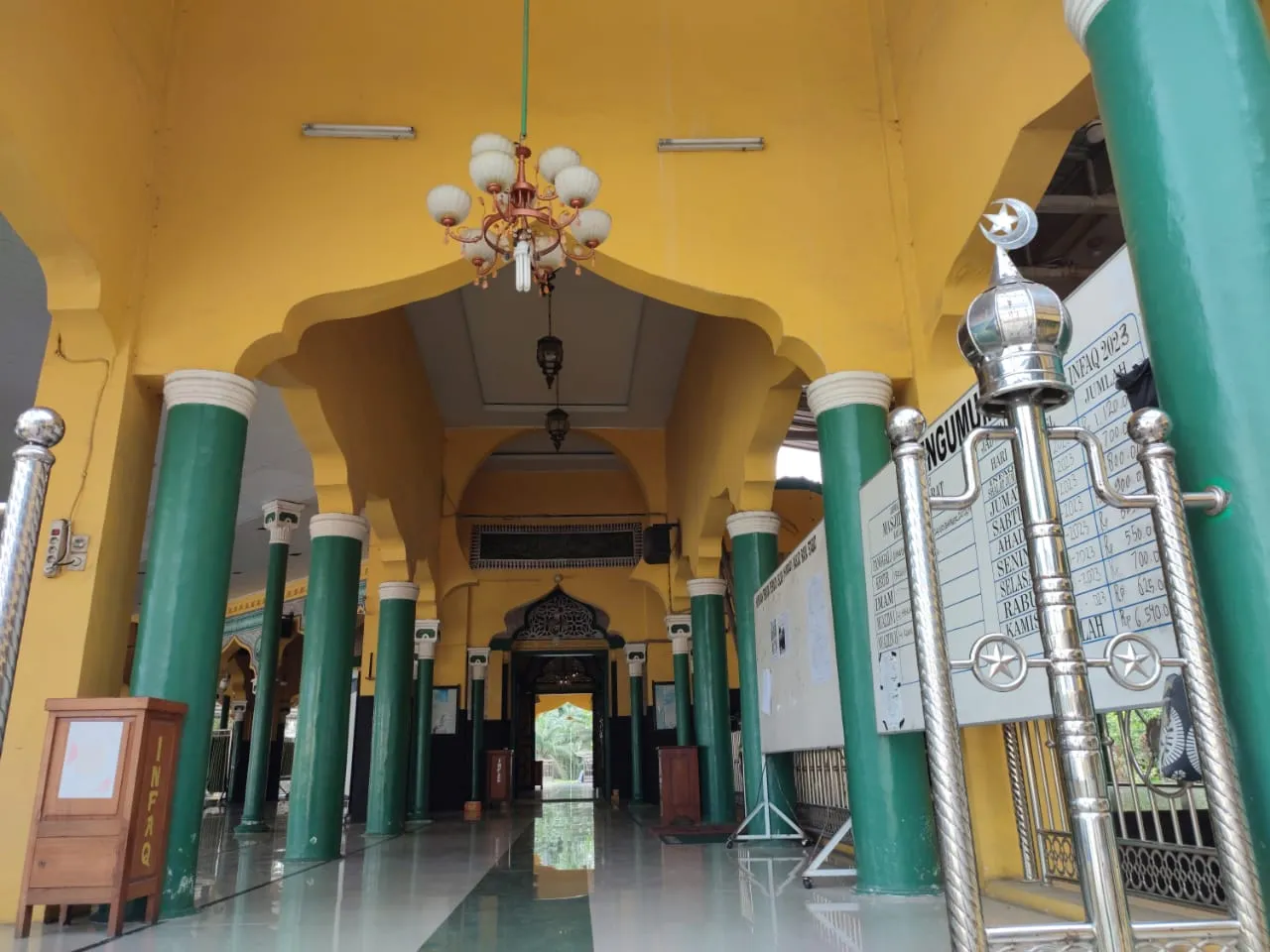
Did you know that if we travel to Indonesia and then move from one district to another, you will see real differences regarding the various cultures that exist in my country, namely Indonesia. and you will be fascinated by it in terms of building culture and customs, all different according to the tribes that inhabit the area.
Likewise in Langkat City where the Malay ethnic group is still very strong here, this can not only be seen from the everyday language they use, the typical foods that use very strong coconut milk and of course what is most visible is if there is a the majority are in the area, we see the buildings standing in the area we are visiting. This is also the case in the Langkat Regency area. especially those in Stabat City. There is one building that is a characteristic of this Stabat city and is a cultural heritage that must be preserved so that it is not damaged because this building has left behind many historical stories in it for generations currently growing up, including me.
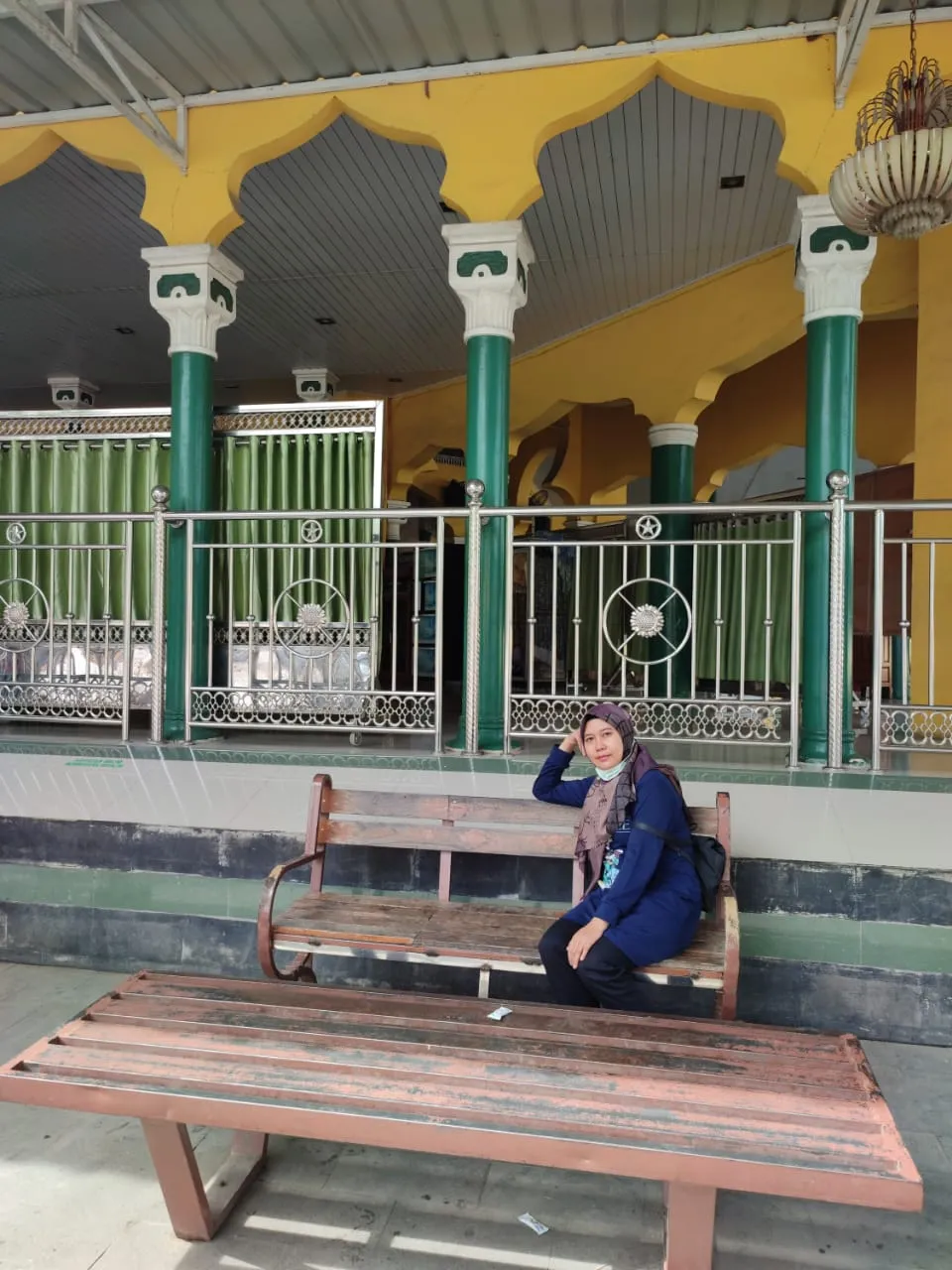
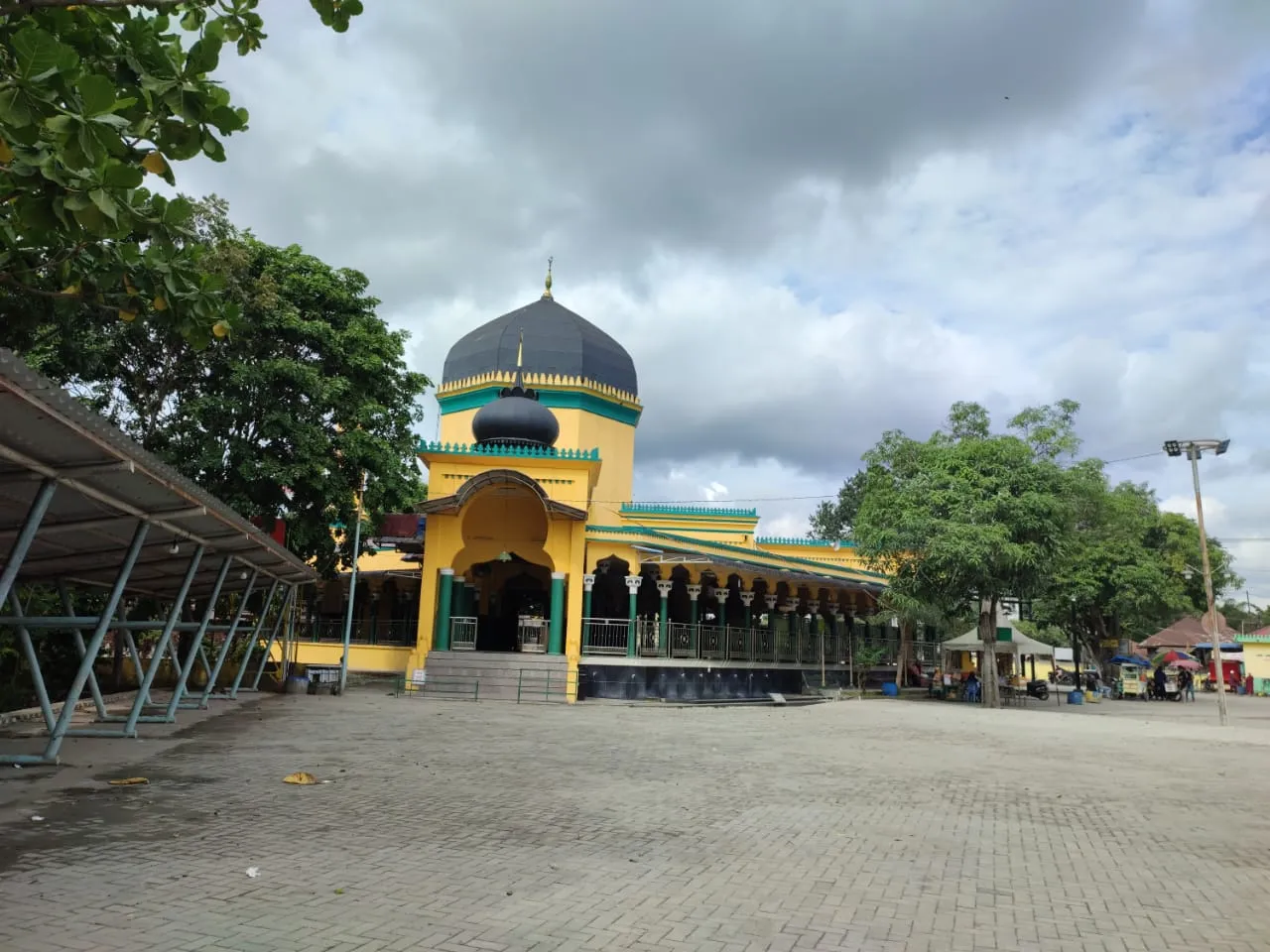
There is one icon of the city of Stabat that you must visit when you are here, namely the Stabat Grand Mosque. If you don't go in and look from a distance, you will definitely know that this mosque is a Malay building. This can be clearly seen from the use of building colors which never leave green, yellow and black as a symbol of prosperity and prosperity for the Malay tribe.


I have visited this place several times and there has been no change in the basic design of the building, however I have seen many differences that are clearly visible from various points with the several renovations in this building, for example the addition of a canopy located At every entrance to the mosque, this canopy looks good when compared to the minimalist buildings that are currently viral, but I see that the canopy that stands here is too imposing so that there seems to be a shift in the art of building, because the canopy is directly visible in front my eyes as a visitor.
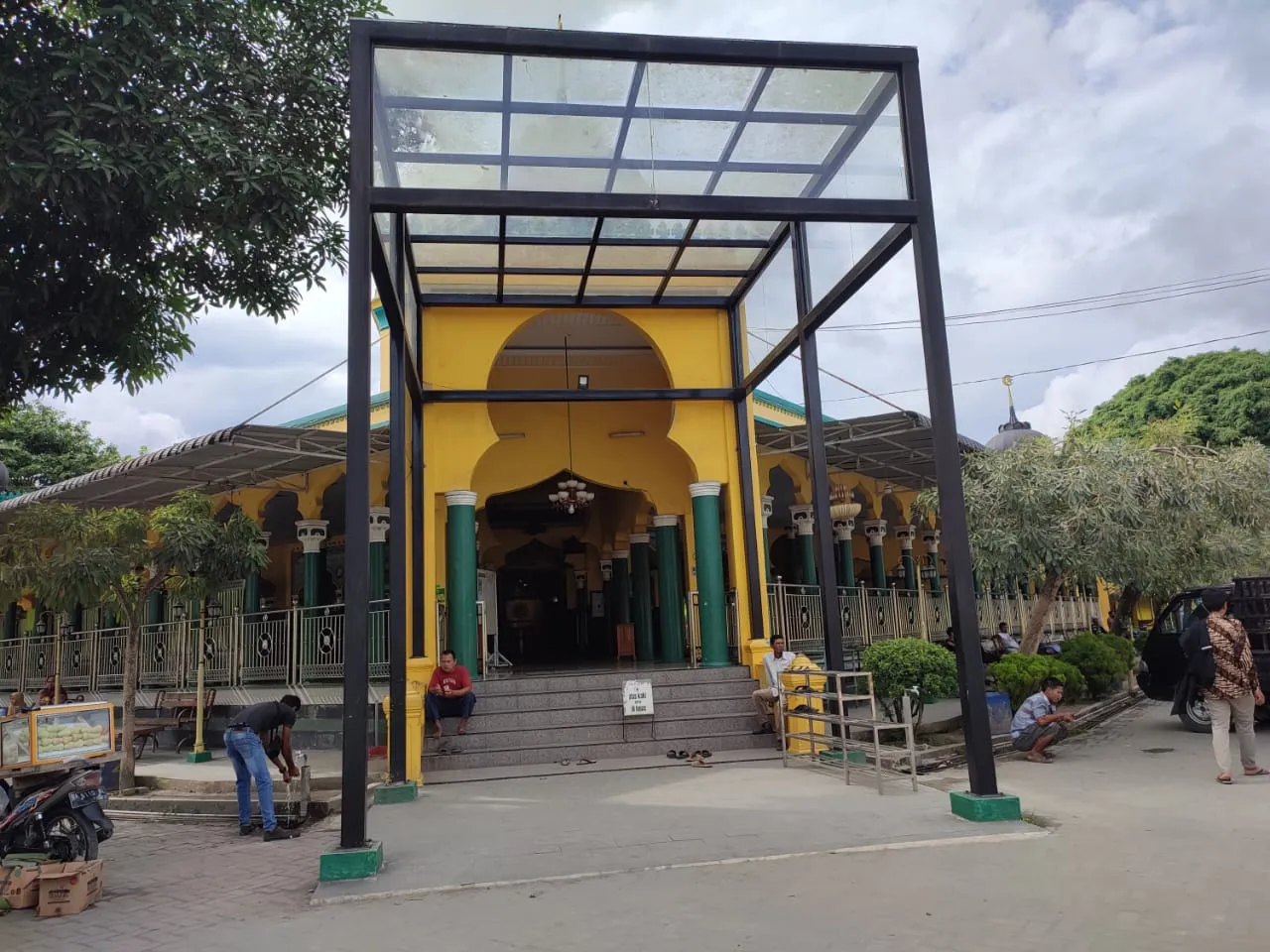
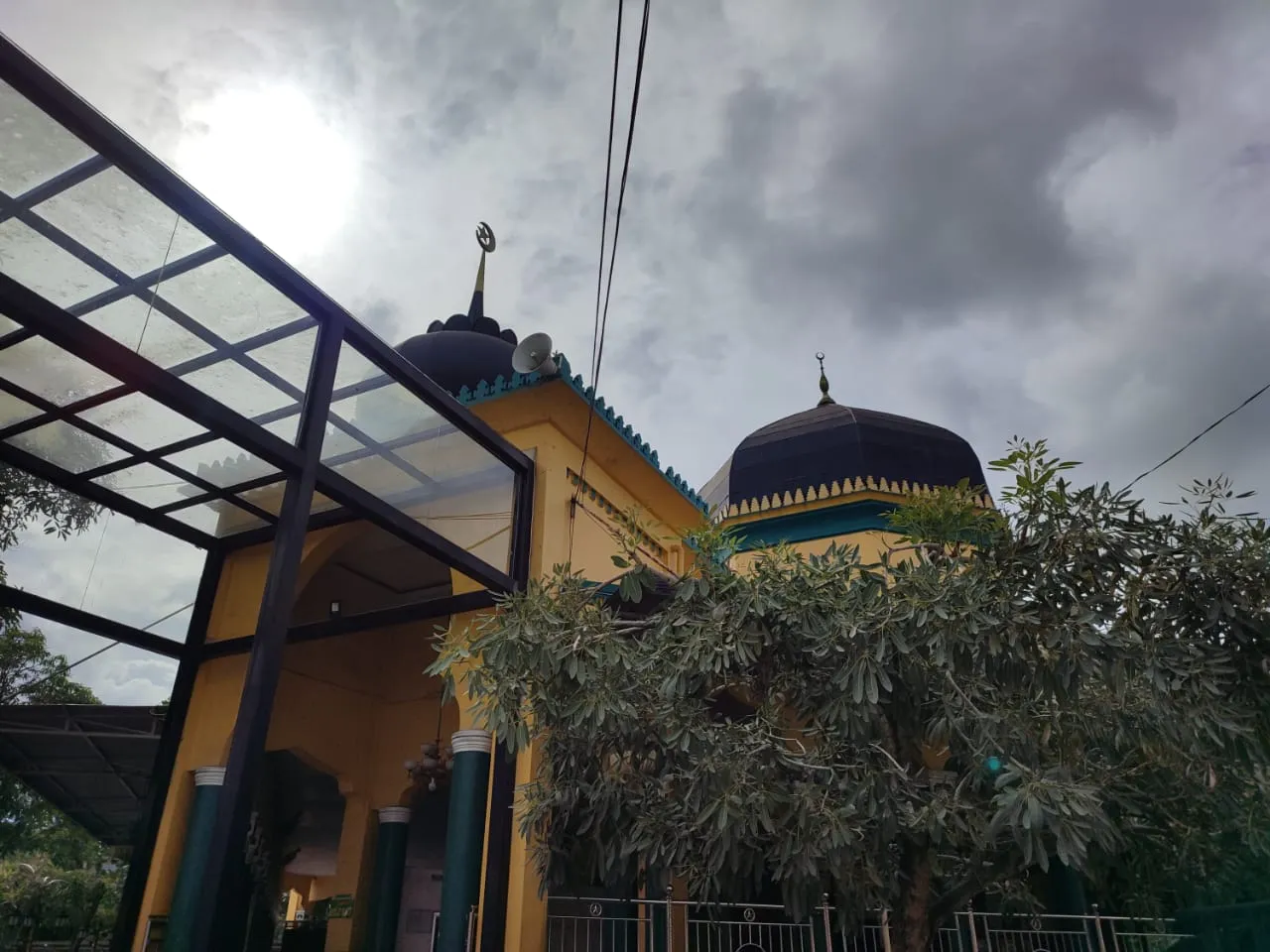
The decorative lamps that still survive show that this is where many stories begin, and when I saw the lamps I realized that this ceiling had also been replaced with a more modern update, namely using PVC material whose pattern was not too flashy. Then there are other additions that have occurred in this mosque area, namely that there are many seats made of wood which in my opinion are very aesthetic, plus the presence of decorative lights next to it and if you have a strong sense of photography, I'm sure of this. would be a good angle to take photos
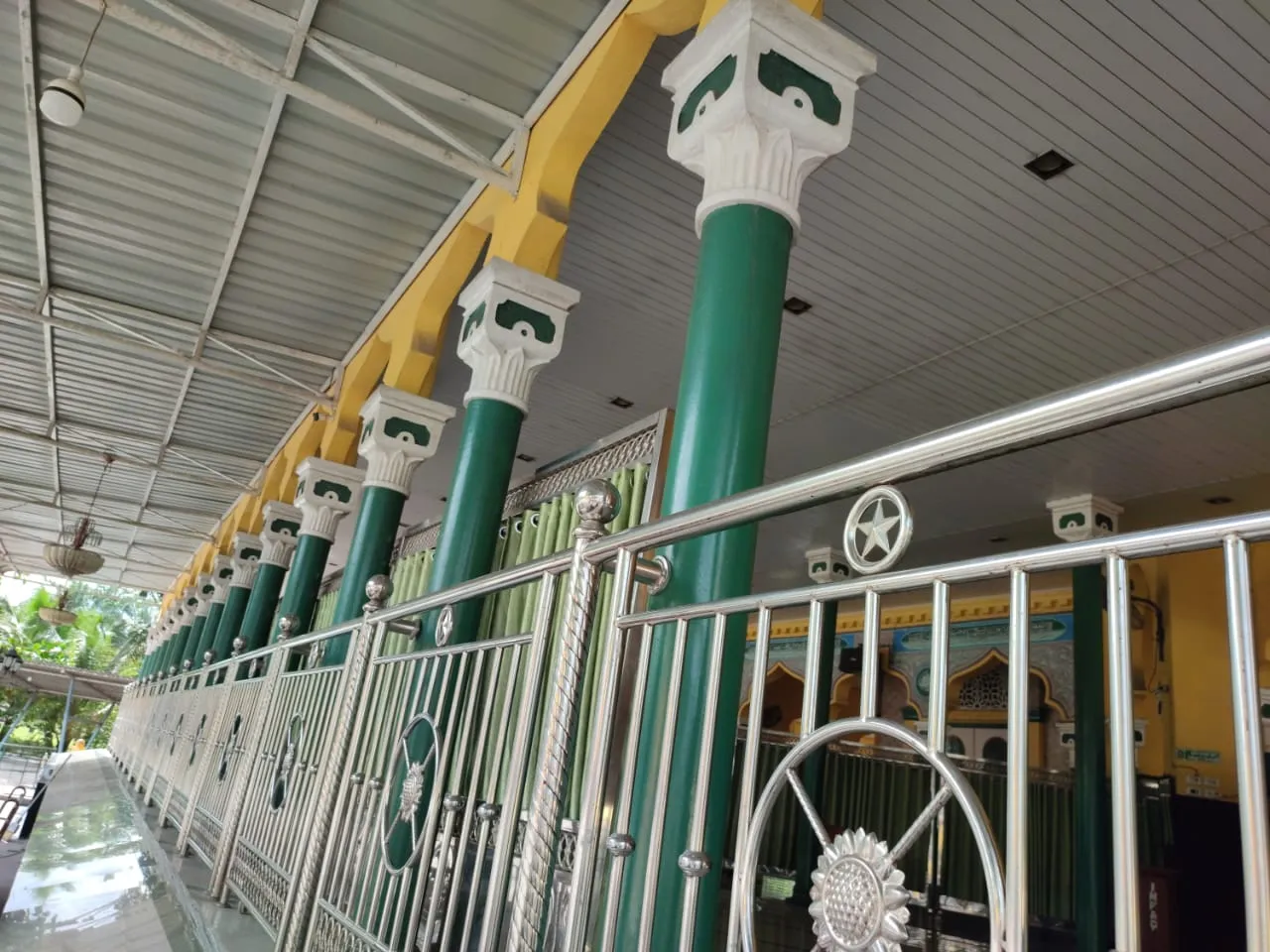

And this mosque has a large parking area and a library room next to the mosque with an architectural design that smells of Malay too. Apart from that, I saw that there were no additions whatsoever, the calligraphy was in Arabic, the pillars lined up in large numbers showed that This building was adapted from typical Arab and Indian buildings which were then merged into something new with local cultural characteristics. And if you live in Asia, which still has the Malay tribe, are the typical colors of the Malay tribe in your country also the same as what I am showing you now?


I want to know whether this warning only exists in my country. And greetings from Maytom. Indonesia